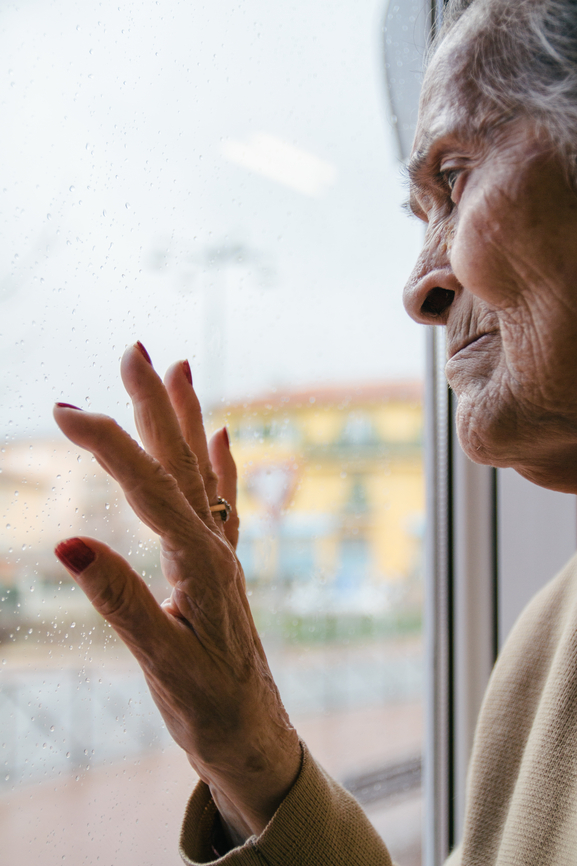Elder abuse generally falls into one of three categories:
1. Psychological: any action or comment causing emotional anguish, fear, diminished self-esteem or loss of dignity
Falling into this category would be name calling, threatening the loss of visits with grandchildren, causing fear, threatening harm or isolating an individual from family and/or friends.
2. Physical: any act of violence causing injury or harm
This category includes withholding of medication, healthcare or food, untreated bed sores, broken glasses not repaired, lack of assistance with personal hygiene and, of course, hitting, pinching, slapping or pushing.
3. Financial: theft or exploitation of a person’s money or their personal assets
Symptoms of this sort of abuse are lack of heat or hot water due to bills not being paid, little or no food in the refrigerator, constantly wearing the same clothing or deferring to someone else for decisions.
According to Detective Constable Carolyne Rashford, one of the risk factors for an elderly person aging in place is when someone new moves in with them. Whether it’s an adult child or a new friend causing the change in living arrangements, the possibility can exist for abuse to exist to occur. When an adult child is involved, the aging parent wants to believe things will work out and is unlikely to look to authorities for help. Aging seniors with diminished capacity may not recognize what’s taking place or lack the strength to stand up to their abuser.
Anyone suspecting that something isn’t right should take action by calling police. At the very least, support and resources may be offered.
The Oldish thanks Detective Constable Carolyne Rashford for her insight and www.reachoutbuildwithin.com for their support of World Elder Abuse Awareness Day.






Add Your Voice
0 Comments
Join the Discussion